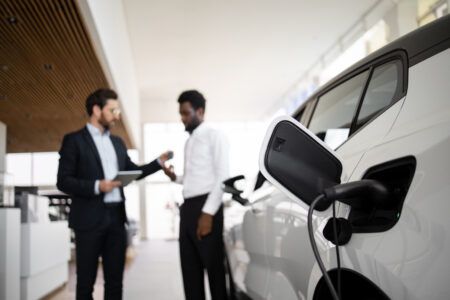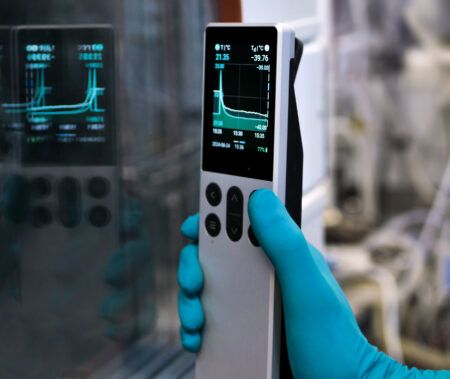Is the future of batteries – and therefore EVs – set to be dominated by China? This is what a lot of industry observers are saying, but how true is it? Yes, China did this for solar panels, capturing a significant share of the global market and driving costs down to a staggering level. China has also invested heavily in batteries over the past 10-15 years, and that investment seems to be paying off. The world’s largest gigafactory could be the one being built by CATL in Ningde, China, and not the one being built by Tesla and Panasonic in Nevada, USA. This investment is already being driven by the huge number of electric buses and passenger vehicles being built in response to generous subsidies, and the government in China has signaled it will reward those who grow biggest and fastest.
There has also been a shift in technology – a decade ago, the Chinese battery market was dominated by
high-power lithium-ion phosphate cells, whereas now the market is shifting toward the high-energy density nickel cobalt manganese (or ternary cells) typically favored by the automotive industry. As an engineering research group, we need to know the answer to this question, as we need to know who we should work with, and what technologies are going to be important in the future.
China is widely acknowledged for fundamentally changing the economics of solar, by driving down world prices
by 80% from 2008 to 2013. However, they did this in unique circumstances. Global demand was rocketing, in large part driven by feed-in-tariffs in Germany. Investors in the USA and Germany, the then-world leaders, were attracted by cheaper operating costs in China. Within a few years, China had built up the world’s largest solar manufacturing industry, but it was focused on export from the start. They created a glut that drove down prices, and put most of the competition out of business, and only at that point created subsidies for a domestic market to put the glut to use. Now, China’s lead in solar is unassailable.
In contrast, China’s investment in batteries and EVs is being driven by domestic demand first. Although companies like BYD are exporting plenty of electric buses, this still pales into insignificance compared with the domestic market. There is another major difference: unlike solar panels, vehicles are not a new product, and the existing automotive industry is keenly aware of the threat of new manufacturers. Tesla woke them up to this threat almost 10 years ago, and market leaders like BMW, Nissan and GM all cashed in their insurance policies against a first mover, taking whatever electric vehicle technology they had been slowly developing in their research and development divisions, and moving it into production divisions to launch products within just a few years of Tesla. The rest followed pretty quickly, and 2020 is looking like it will kick off the decade of the electric vehicle, given the sheer number of models in the pipeline. The existing automotive industry has also been savvy, forming partnerships with Korean and Japanese battery companies, and by working together they are probably having just as much (if not more) impact on driving down prices as the Chinese companies.
This time therefore, unlike with solar, there will be competition. It is obvious China will dominate its own domestic market, and reap a huge economic dividend as a result, but it will face fierce competition when it tries to export, and it won’t be able to pull a fast one on the rest of the world like it did with solar.
Submitted by Greg Offer, a senior lecturer in mechanical engineering at Imperial College London. His research focuses on fuel cell, battery and supercapacitor technologies, mainly in transport





